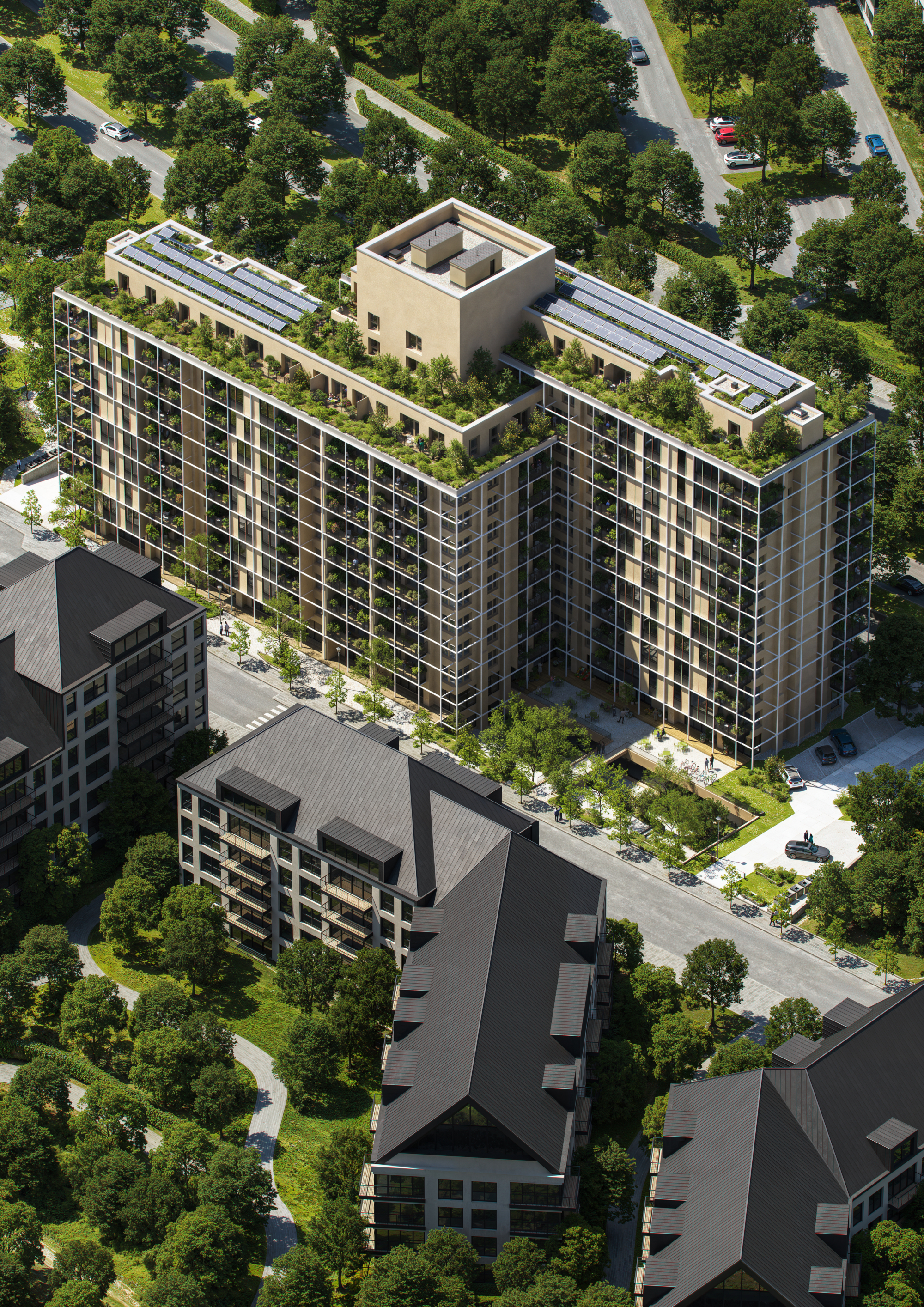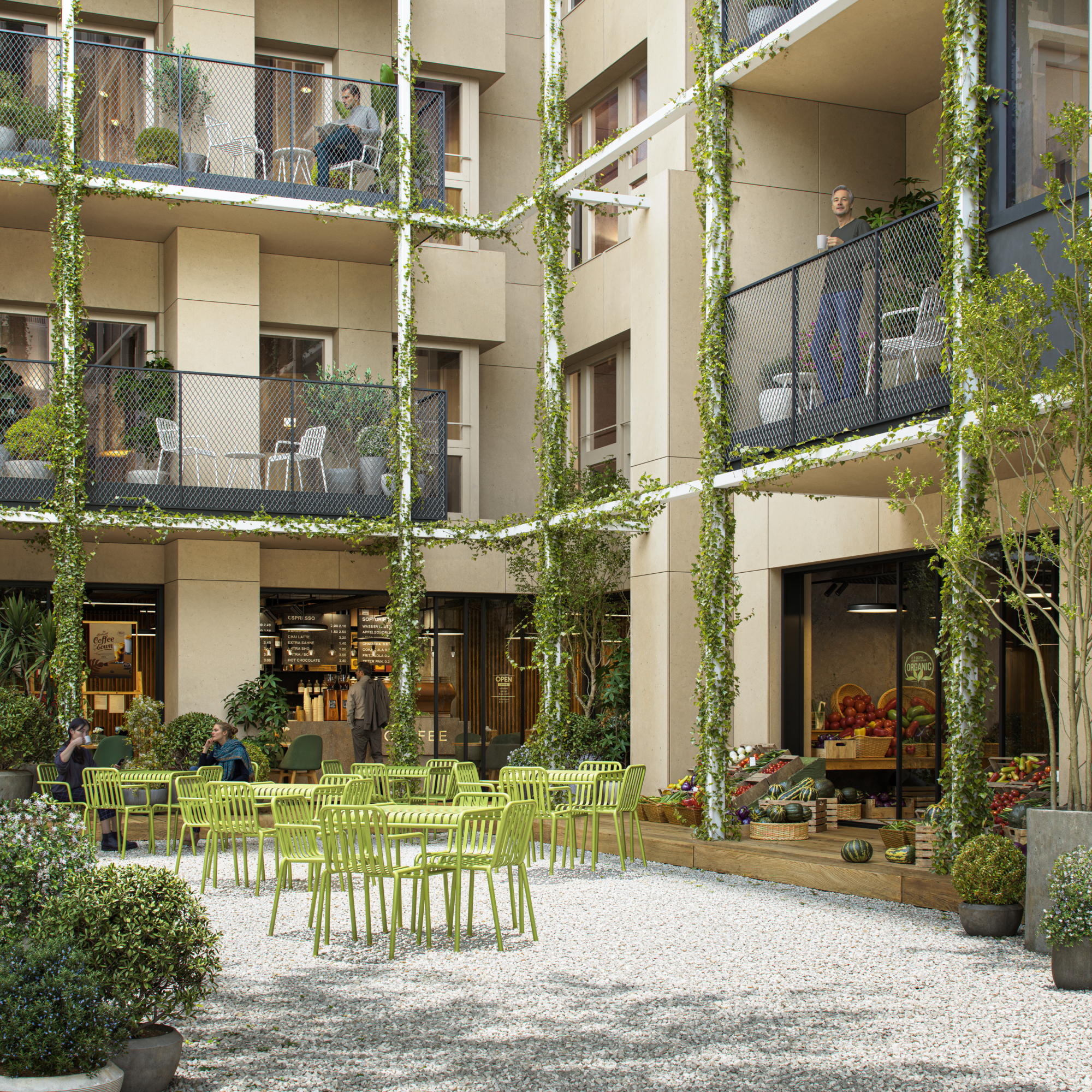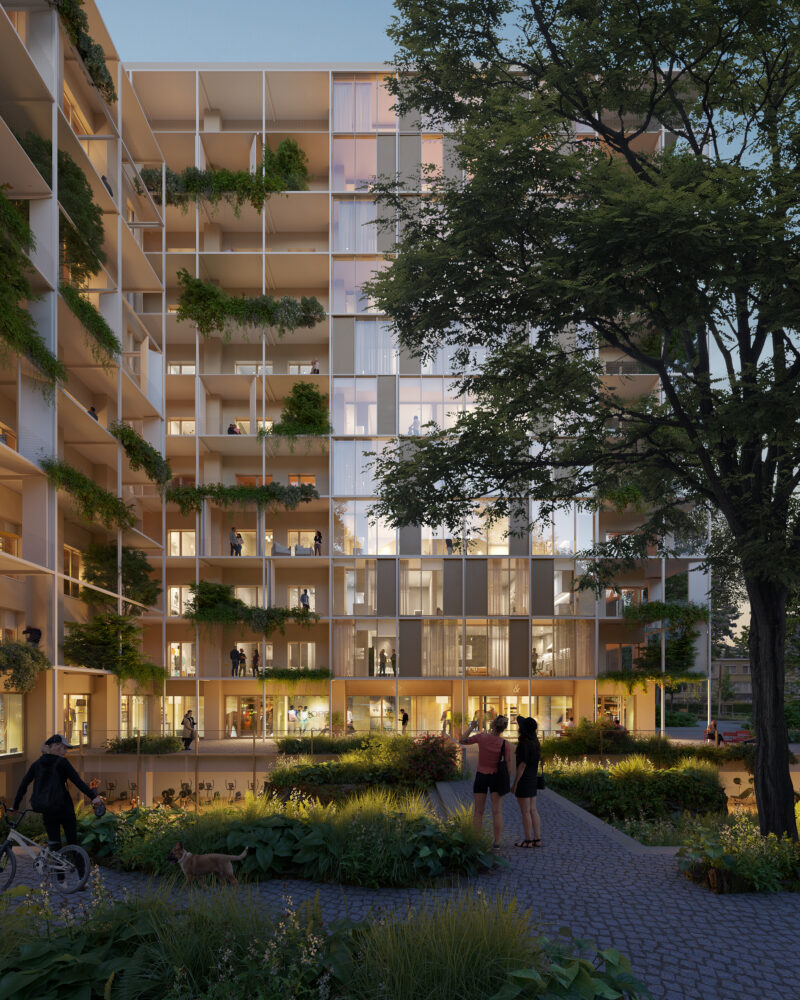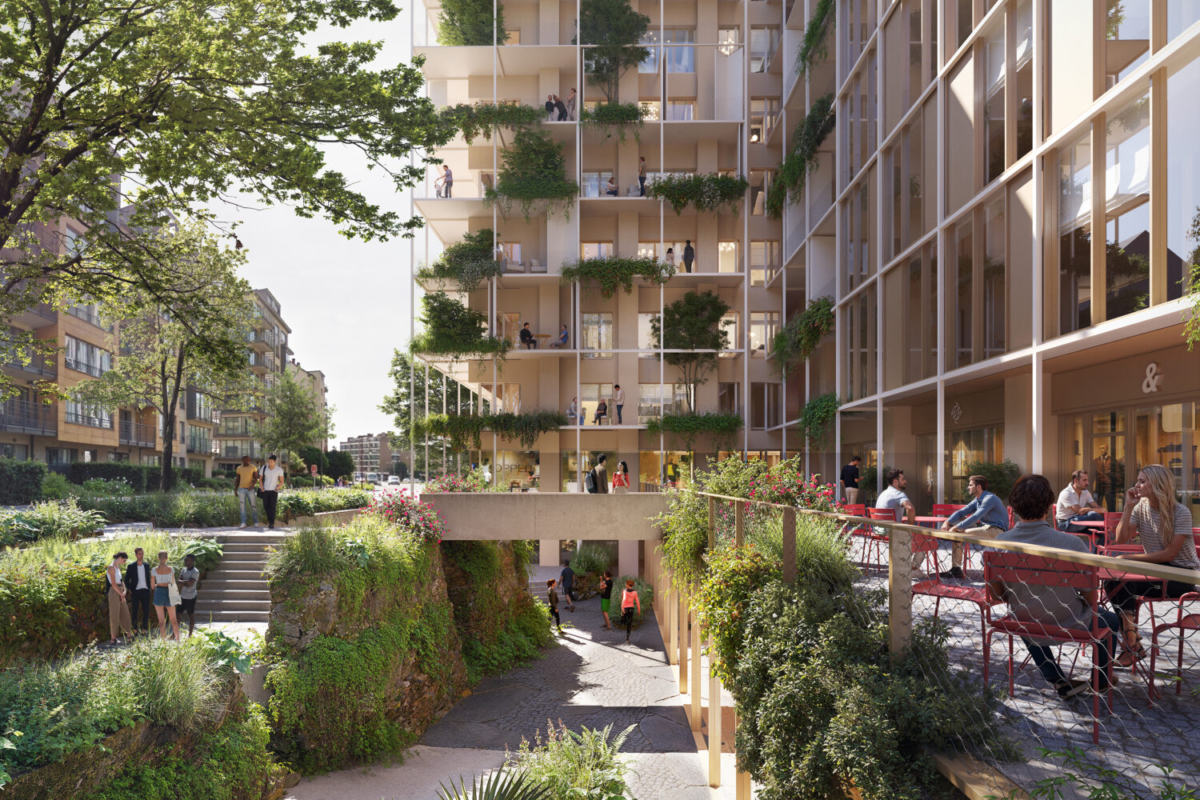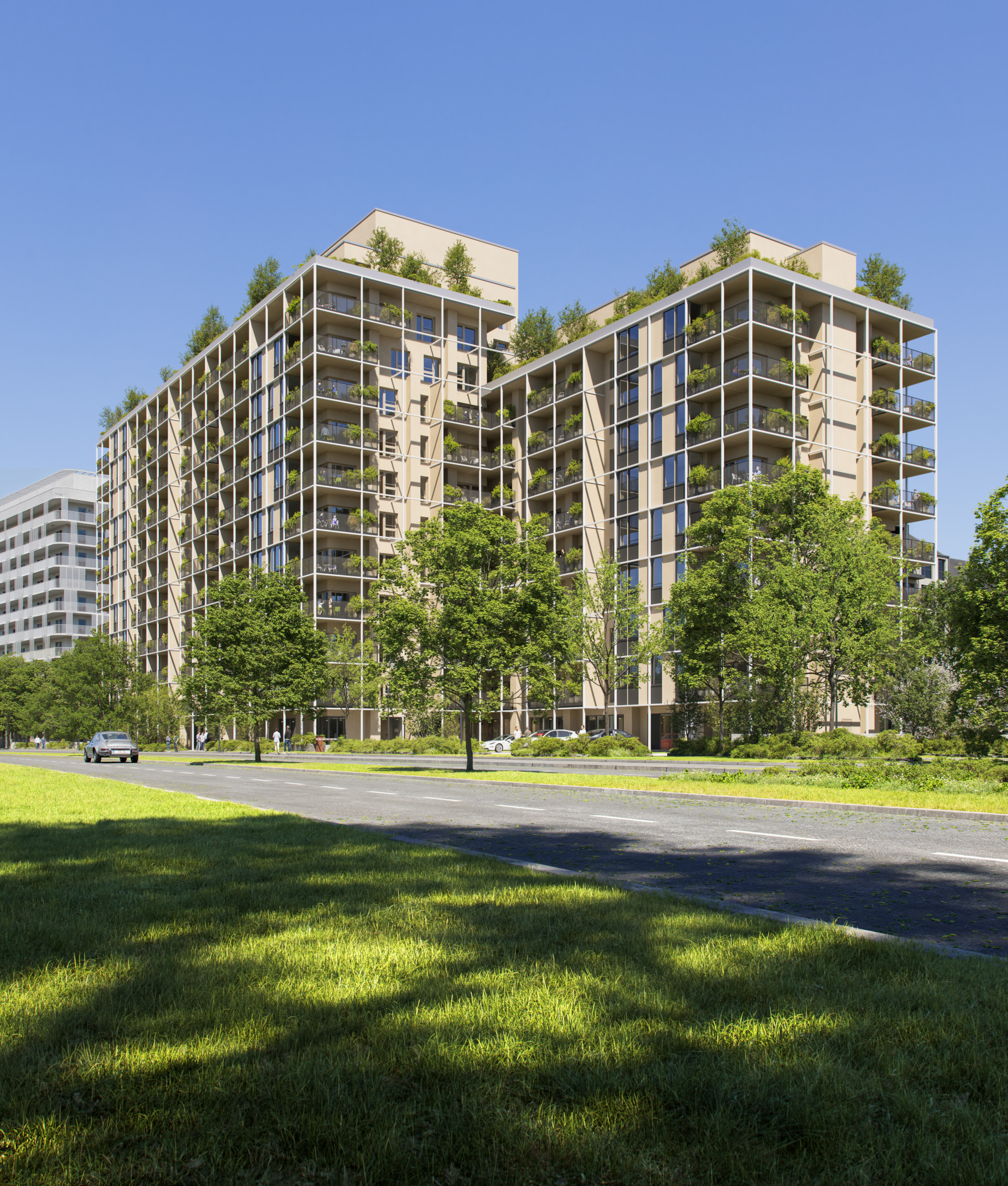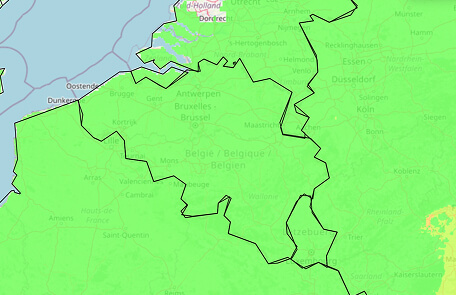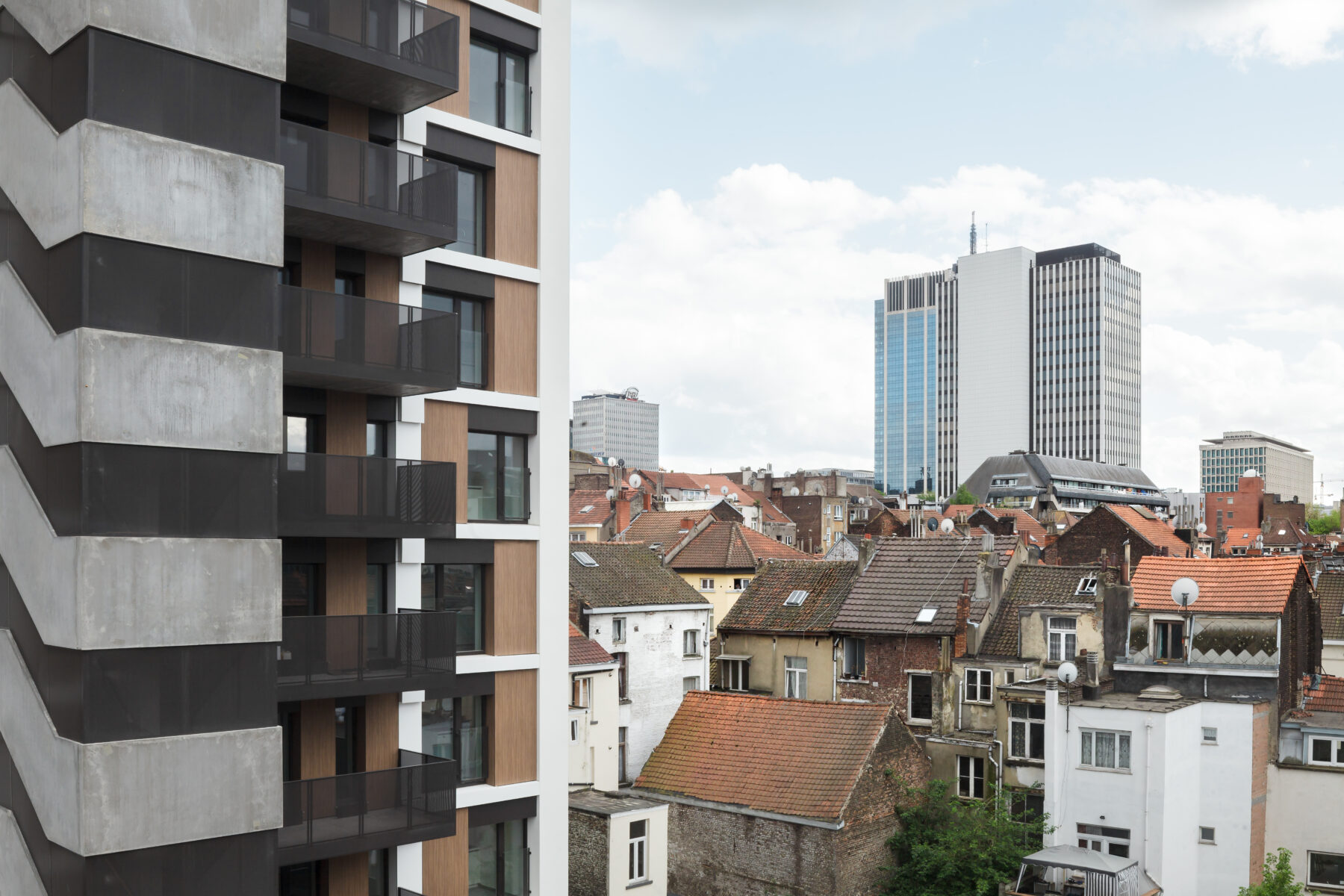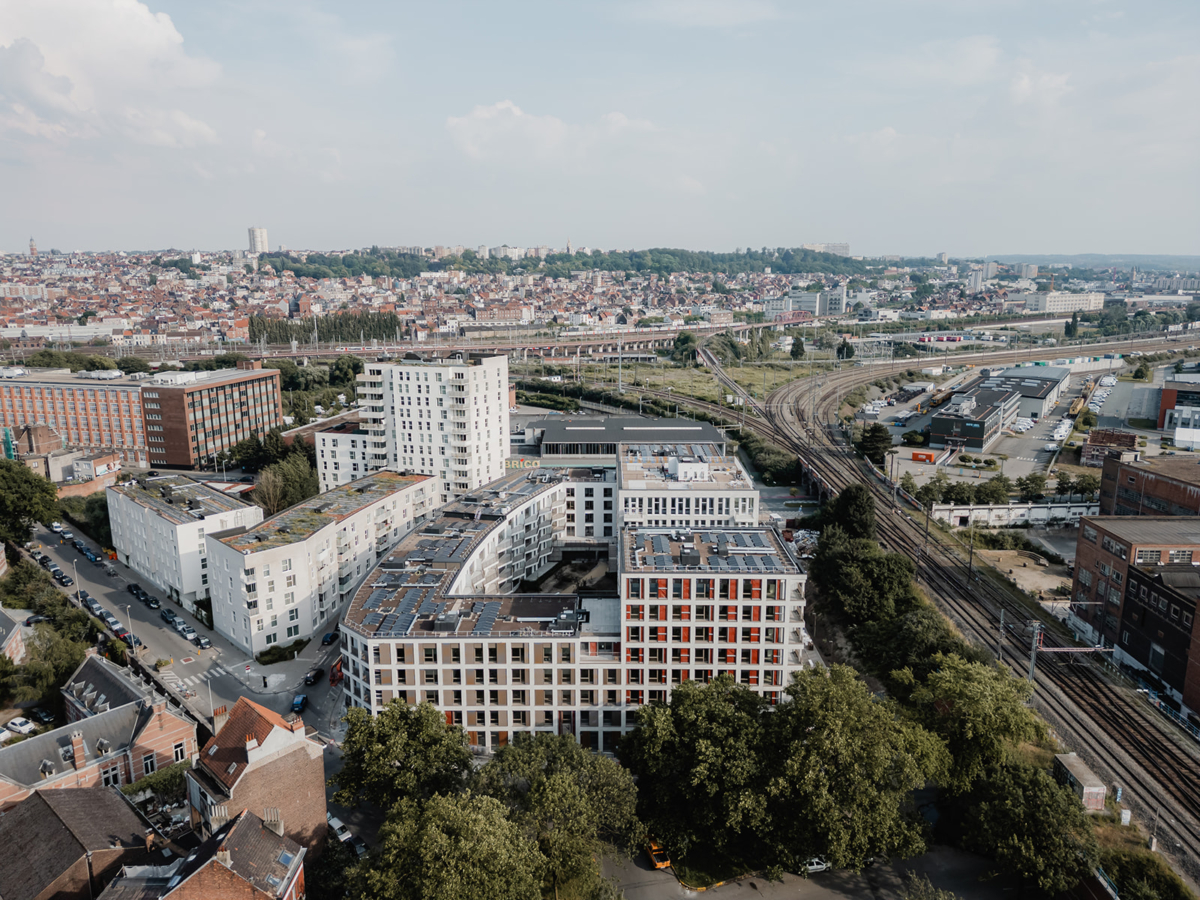same bones.
We didn’t demolish the existing structure; we adapted it. The original concrete structure was preserved and reconfigured to support a new residential program: 177 housing units, each with private outdoor space, natural light, and cross-ventilation. On the ground floor, the building opens up to the neighborhood with commercial functions, patios, and new entrances connecting Rue de Genève to Avenue du Pentathlon. The monotonous roofline is replaced by an inhabited crown: a prefabricated timber structure that adds loggias, terraces, and planted zones while respecting the original grid. The new envelope follows a 3.60-meter structural rhythm and integrates solar-responsive components. There is no gas, no air conditioning; just thermal mass, passive house strategies, and future-proof systems. This is not about preservation. It’s a transformation with intent, turning structural rigidity into urban and social potential.
